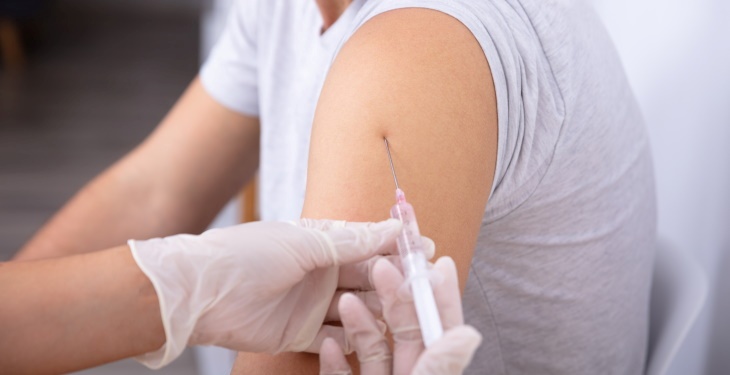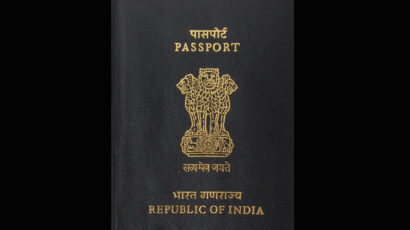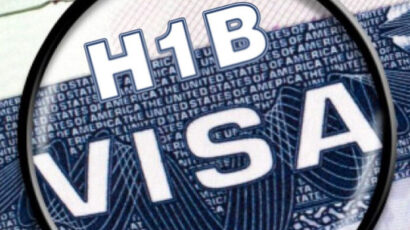Fight Covid-19 using a decade-old method

Researchers have come up with a decade-old approach in handling the Covid-19. Technically, it is called the “passive antibody therapy” and it involves collecting antibodies from the blood of a person who have recovered from the Covid-19. This decade-old method was used to fight SARS-CoV-2 infections too. In this treatment method, the blood from a Covid-19 survivor is collected and processed to separate the serum. This is a part of the blood that has the antibodies. These are molecules that “learn” to fight specific pathogens — such as viruses — once they have been confronted with them.
The ultimate purpose is to inject a person with a current infection — or to someone who is more susceptible to a SARS-CoV-2 infection — with the antibodies from someone who has just surpassed a similar infection. This will help the immune system to fight or to prevent the disease.
As per a new study in The Journal of Clinical Investigation, researchers from Johns Hopkins School of Public Health, in Baltimore, MD, and from the Albert Einstein College of Medicine, in New York, NY, have finally come to a consensus that this technique could successfully be used to treat COVID-19.
“Deployment of this option requires no research or development,” says co-author Dr. Arturo Casadevall, an immunologist.
“It could be deployed within a couple of weeks, since it relies on standard blood-banking practices,” he suggests.
‘It’s doable’
In their paper, Dr. Casadevall and Dr. Liise-anne Pirofski argue that passive antibody therapy can help prevent SARS-CoV-2 infections in those that are at high risk and also help treat existing infections.
The researchers think that the above method is feasible only with the collaboration and active involvement of individuals who have recovered from COVID-19.
The next step is to collect blood samples from convalescent volunteers, screen them for virus-neutralizing antibodies, isolate the serum from those samples, then clear them of any toxic particles and pathogens.
Finally, this would help healthcare practitioners to inject the antibodies from people who have cleared the infection to those infected with the virus.
The different ways in which these antibodies work are as follows:-
- Viral Neutralization – Here, the antibody attaches to the virus, killing it
- Antibody-dependent cellular cytotoxicity – Here, the antibody stimulates a specialized immune cell that targets the virus and attacks its membrane. This will cause the virus to disintegrate
- Antibody-dependent cellular phagocytosis – Here, the antibody stimulates a specialized immune cell to target the virus and finally “consumes” it
Al though, researchers explain that this method can be practiced easily by using the available tools and technology, there are a few challenges that remain. The first and foremost challenge is to offer this treatment when it is the most effective.
Drs Casadevall and Pirofski note that “passive antibody therapy […] is more effective when used for prophylaxis [prevention] than for treatment of disease.”
And when healthcare providers do use this method to treat existing infection, it “is most effective when administered shortly after the onset of symptoms.” That means that doctors have to be very efficient in finding out the infection and providing the necessary treatment.
Dr. Casadevall emphasizes:
“It’s all doable — but to get it done it requires effortful organization, resources… and people who have recovered from the disease who can donate the blood.”
Still, he also notes that medical professionals are already stepping up to the challenge, with experts from Johns Hopkins already working on a viable strategy for implementing this approach.















